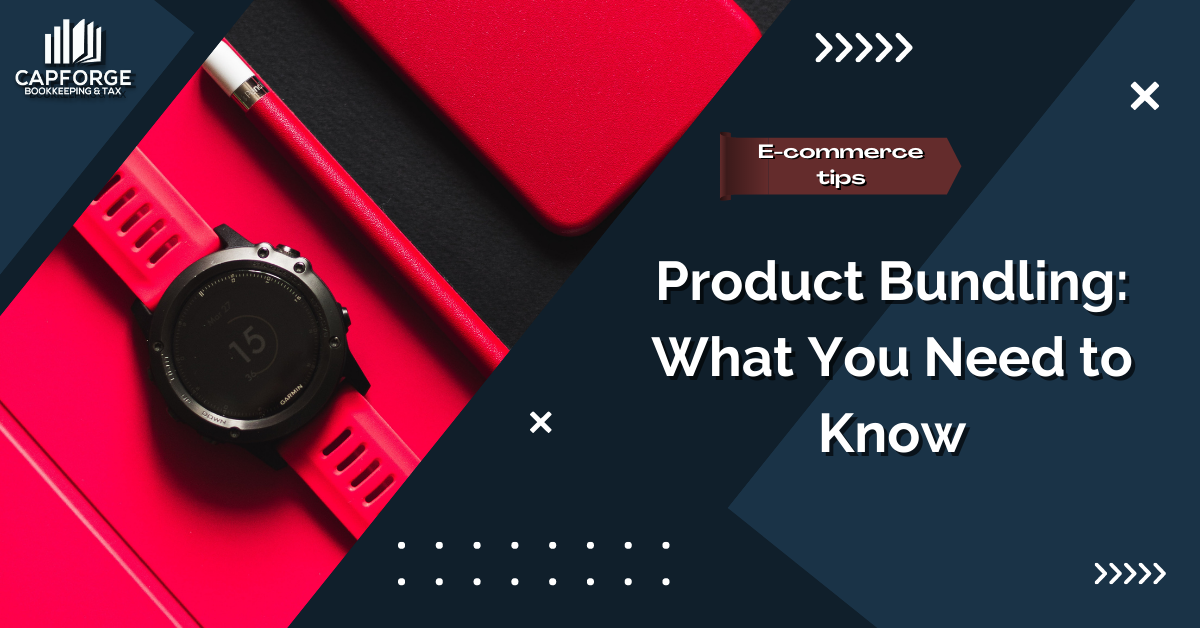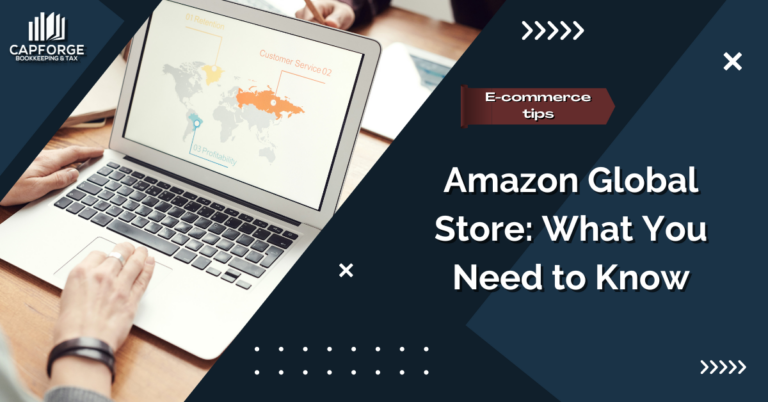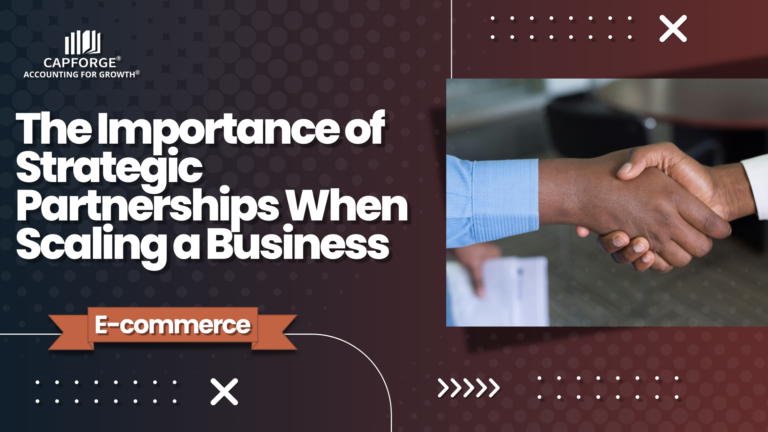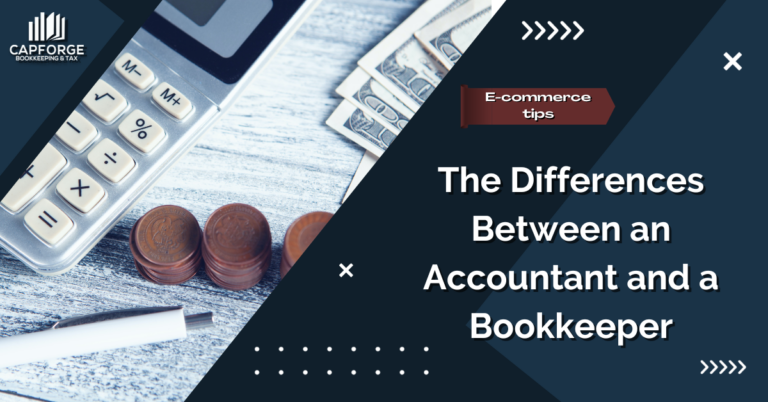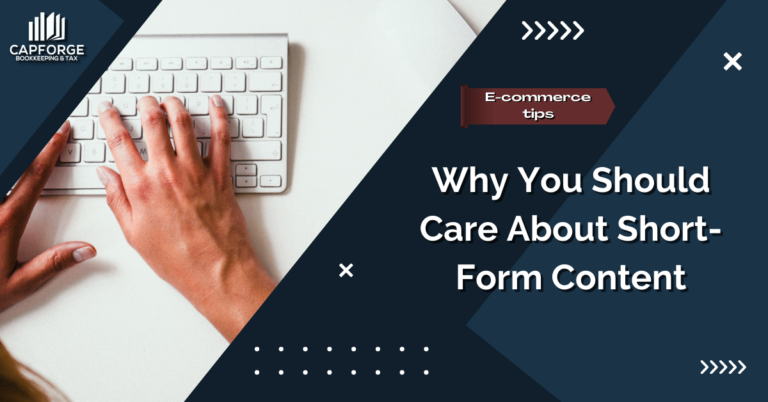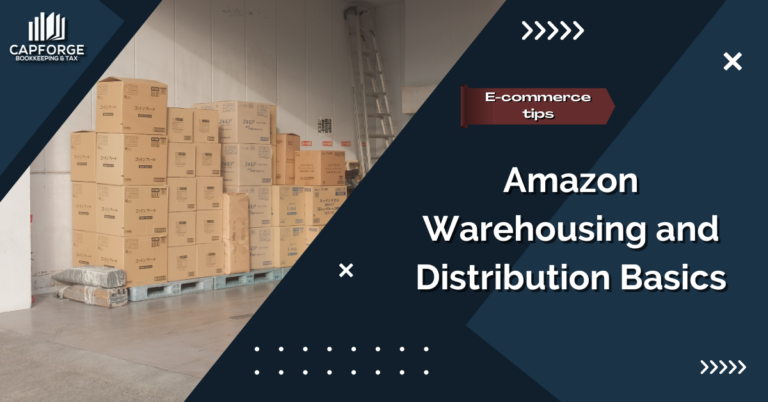Product Bundling: What You Need to Know
Product bundling. It’s a strategy that many businesses practice to generate more sales and reduce distribution costs. Whether it’s a high-quality makeup kit or a classic value meal at a fast-food restaurant, we’ve all bought bundled products before. Perhaps it’s the convenience that appeals to consumers or the heightened purchase value that makes the offer so attractive.
Either way, product bundling is a smart approach to secure more profits for your brand. The question is, how do you do it? This article will discuss the top product bundling strategies you need to know so you can sell more products to your customers and elevate their shopping experience.
Why use product bundling?
There are many reasons product bundling can prove advantageous to your business. Here are a couple of noteworthy benefits:
1. Simplify the customer’s decision-making
Customers have a tendency to contemplate their buying decision when faced with multiple product choices. This creates an overwhelming feeling that leads to cart abandonment and many other sales issues. To alleviate the problem, you can simply the customer’s decision-making by bundling products that fit their needs/expectations.
Shortening the buying journey is a great way to encourage customers to make impulse purchases. By bundling products together, shoppers will feel more comfortable making high-value purchases instead of second-guessing their purchase decision.
2. Clear stock of slow-moving inventory
Strategic product bundling enables you to clear slow-moving items by pairing them with popular selling products. For example, say you sell lip pencils in high volumes, and your lip balms are lagging in sales. You can pair the two products together and create a new package that lets you clear the old stock and generate more purchases for your lip pencils.
Of course, you want to ensure the value of your stronger item still exists, so be smart with your approach and only pair items that complement your main product well.
3. Increase average order value
One of the main reasons brands implement product bundling is it gets customers to buy more. Buyers are constantly on the lookout for amazing deals, and bundled items are a great way to entice shoppers to add more items to their carts. They get to save money, and you get to sell more products.
It’s a win-win for both parties. Your profit margins may get smaller, but the sales volume will more than make up for them.
4. Decrease marketing and distribution costs
Since you’re bundling multiple products together, you can market them as a single product and reduce marketing costs. You can also get creative with your marketing materials by highlighting the benefits of using the products together. Doing so helps increase the perceived value of the bundle and makes them more appealing to potential buyers.
We previously mentioned that product bundling can also help reduce distribution costs. How? By letting you ship multiple items into a single package. If you fulfill your own orders, product bundling is an efficient way to save money on postage and be more efficient at packing/shipping orders.
5. Provides a comprehensive solution to your customer
When you sell a product to a consumer, you’re only solving a piece of the puzzle. Each customer has unique needs and problems they need to address, and often they turn to multiple brands to address them. Instead of letting the competition eat your sales, why not offer customers a comprehensive solution that addresses all their concerns?
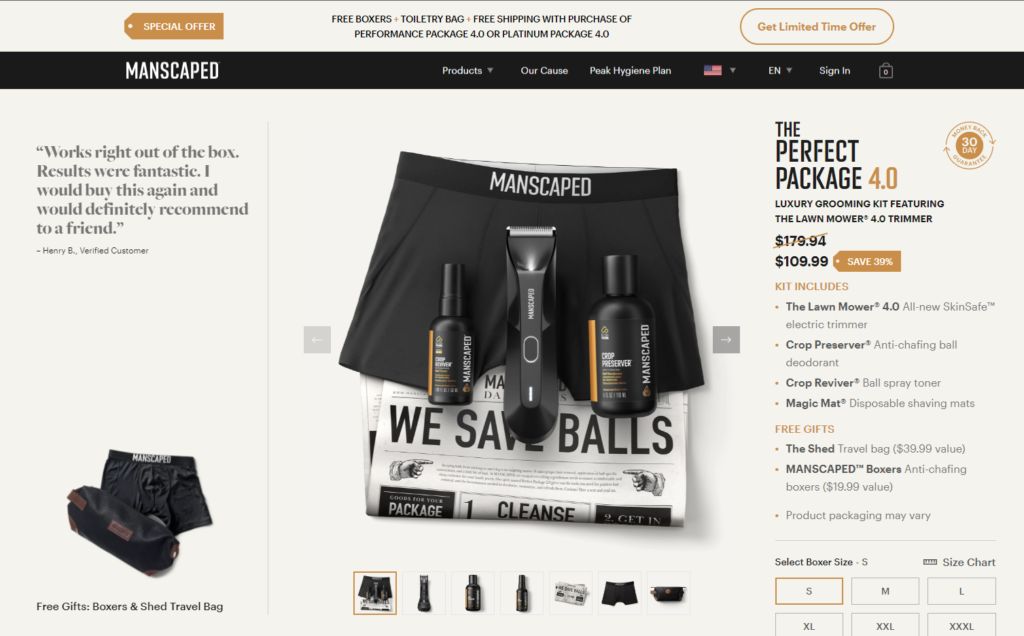
One example worth looking at is Manscaped and its Perfect Package 4.0 bundle. The package includes an electric trimmer, deodorant, spray toner, and disposable shaving mats. Manscaped created a complete male grooming kit that delivers excellent value to its customers while adding freebies like a travel bag and a pair of anti-chafing boxers.
Identify the needs of your customers and create a product bundle that checks most of their boxes to maximize sales.
5 types of product bundling
Now that you know the power of product bundling, let’s get to how you can implement it for your brand. Here are five of the best types of product bundling you can use to group products with maximum effectiveness.
1. Pure bundling
Pure bundling refers to products that customers can only buy in bundles, meaning the items aren’t available for purchase separately. While it limits the customer’s options in terms of choosing the products they want, pure bundling elevates the value of the package through convenience and simplicity.
For example, HelloFresh executes pure bundling flawlessly by shipping all the ingredients in their menu list into a single box. Customers will have everything they need to cook amazing meals as HelloFresh picks the ingredients themselves. You can’t customize or purchase ingredients separately, which is why it’s called pure bundling.
2. Mix-and-match bundling
Mix-and-match bundling offers customers the flexibility to choose which products to include in their package. This type of product bundling works great for perishables and fast-moving inventory as it gives customers plenty of options.
Fast-fashion giants like H&M and Forever 21 offer are known for offering mix-and-match bundles for their tops, bottoms, and underwear. Customers can pick the style, color, and size of the garments and bundle them with similar items for a discounted price. Retail stores also employ a mix-and-match bundling strategy with toiletries or six-packs of beer.
As long as the options are relevant to the buyer’s interest, you can mix and match products successfully and sell them as a single item.
3. Cross-sell bundling
Cross-sell bundling refers to bundling products that complement the buyer’s initial purchase. The idea behind this is the items included in the bundle can only be used alongside the product the customer wants to buy.
For example, Apple does cross-sell bundling by recommending items like cases, chargers, and other accessories like Magsafe-compatible wallets. This type of product bundling is highly effective for products that come with plenty of accessories. You can learn about cross-selling by reading our article here.
4. Gift bundling
Gift bundling is perfect for seasonal sales where customers look for bundles to give to their loved ones. The main appeal of gift bundling is customers can add as many products as they want to their gift package, thus opening more opportunities for sales. This type of product bundling offers the most flexibility since the more products customers buy, the better their gift package will be.
Of course, it’s up to the brand to determine which products customers can add to their gift bundles. This is a perfect opportunity to pair weaker items with strong-performing products to clear old stock and drive up sales numbers.
5. Buy-one-get-one (BOGO) bundling
BOGO bundling is a type of product bundling that pairs a one-time product purchase with another item. Brands use BOGO bundling to entice customers to include additional items in their packages through gift cards or discounts.
For example, if a customer buys a hair straightener, you can include a set of hair rollers for free or an electric hair brush for a discounted price. You can leverage the additional items to encourage customers to add more items to their packages to hit a minimum free shipping discount to maximize sales.
Remember that the BOGO-style bundling only works for one-time purchase products. Since customers won’t be buying those items anytime soon, it helps to pair more affordable items to increase the value of the bundle.
Conclusion
Product bundling is an excellent strategy to boost sales and increase the average order value of your customers. When implemented properly, you can elevate the customer’s buying experience and keep them satisfied with product bundles that meet/exceed their expectations.
Hopefully, this article provides you with the information you need to execute product bundling and reap the rewards that come along with it.
Does your business need help with sorting out its financial records? Don’t worry, we’re here to help! Feel free to fill out the form below, and our team will get in touch with you shortly.


